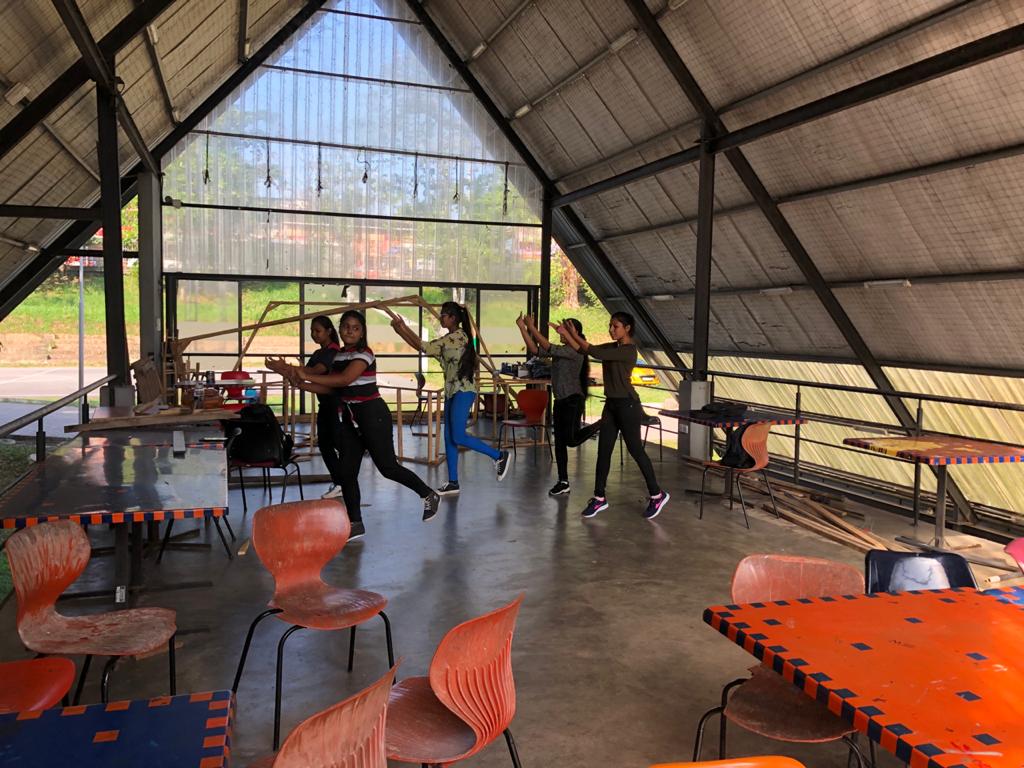With online education becoming a world phenomenon post the COVID-19 outbreak, higher education institutions around the world are concentrating on how to make it the best possible experience for students. A university that has had considerable success going online, here in Sri Lanka is the Sri Lanka Institute of Information Technology (SLIIT), who has a track record for engaging their students from the time they enter the university as Freshers.
SLIIT’s interactive and vibrant program for Freshers’ sets a firm foundation for their 3 - 4 years of university life. They welcome students who come from all walks of life and distinct cultures, and mix and match them to create an environment of understanding and unity, not just among their own groups but across other faculties.
Dr. Malitha Wijesundara, Dean of the Humanities & Sciences faculty of SLIIT says that the university makes it a point to ensure that all activities are done in teams. “These teams comprise students from different faculties and this works against any segregation that can happen because of learning in separate silos.”
While this is the tradition of the Institute, this year the Freshers programme will take on a different look and feel as all orientation programmes will be conducted online. University organisers believe that even though the orientation programmes will miss the human touch so to speak, younger people would take to it like ducks to water as electronic screens and the online environment is familiar ground to them. Therefore SLIIT will kick off their 3 months online orientation, the moment new entrants walk into their virtual campus.
Freshers’ Night and ComicCon are some of the events held last year and although the new batches of students joining SLIIT may not experience the physical aspects of the Fresher programme, SLIIT is confident they would be able to convey its essence online. The university plans to approach the programme in an entirely alternative way that’s more web-friendly but will continue to foster the ‘equality and equity’ culture in their students old and new.



